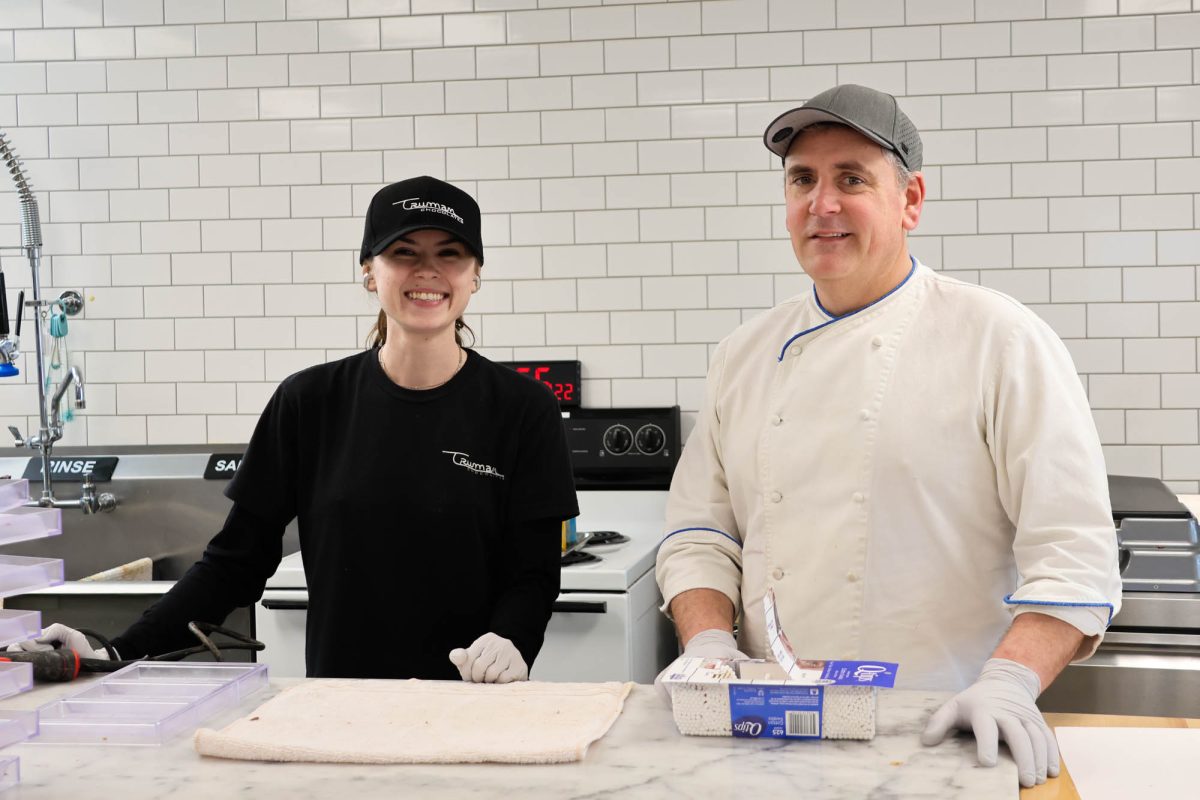As first exams go and midterms arrive, it’s not uncommon to spot nursing junior Chase Krivokucha hunched over in the medical library referencing his study calendar. He and other successful students have studying methods they’ve tailored to their lives over the years — and they also have advice.
Where to study?
Texas A&M has different spaces across campus that students have adapted for studying, ranging from libraries to couches and cafes. Krivokucha mostly uses the Medical Sciences Library and prefers studying on campus.
“I just got access to the grad lounge because of my major,” Krivokucha said. “It’s been really nice to go in there. But if I don’t go in there, because it’s kind of far, I usually do study in Quadbucks.”
Although campus libraries are great study spots for Krivokucha, this is not the case for agricultural communication and journalism senior Meghan Carbary.
“For me, I like to just come home and get away from being on campus because I feel like it can stress me out sometimes,” Carbary said.
How to study?
Each student interviewed said figuring out what methods personally work best plays a major role in consuming and understanding material. Whether using the Pomodoro technique, like Krivokucha, which involves breaks at set intervals, or studying with casual breaks in between like communication sophomore Bekah Wilks, having a plan allows them to leave a study session with more pride than brains fried.
“I usually try to get my hardest assignments done first because I feel like when I just get the easiest stuff done I constantly push the harder stuff back,” Krivokucha said. “When I get the hard stuff done I’m like, ‘Oh my God, I got the biggest thing out of the way, now all I have is just the easiest stuff. I’ll just knock it out right now.’”
Others found useful techniques such as flashcards, re-reading chapters, self-quizzing, study groups and online websites or platforms.
“I like using Quizlet a lot and then just looking over my notes multiple times,” Wilks said.
When to study?
Dedicating the right time towards each class can be challenging, especially when they’re unfamiliar or some need to be tended to more than others. To find a balance, Carbary plans for the long run, making time charts and bullet points to stay organized and on a schedule.
“I will be like, ‘At eight, you do this, and you’ll probably take a break until 10 if you’re going to stop at nine,’” Carbary said. “That kind of long schedule comes from procrastinating so much where the nights that I am studying, it’s for hours at a time.”
One tactic, called “time blocking,” can boost productivity and help power through priority tasks, according to the work management platform Monday. To stay on schedule and spend his time wisely, Krivokucha said this tactic is helpful so he doesn’t get pushed behind.
“I try to block out my whole schedule,” Krivokucha said. “I have a Google calendar that has all my commitments and when I need to be places. I also have a spreadsheet of all my assignments, so that’s really nice because I can block out times, or when I finish an assignment I can check it off and that’s really satisfying to me.”
Advice
By taking in advice and finding rhythm, comfortability and confidence, there’s only up. Carbary said part of her flow is to go over the material once taught it rather than putting it off to beat procrastination and stay on top of work.
“You’re putting in a month or two months of information in one week and [it] gets really stressful that way,” Carbary said.
Krivokucha’s advice is to take advantage of campus resources aimed to help students, from the writing center to office hours to supplemental instruction, or SI, sessions. He said SI specifically is useful, more approachable and teaches him more than his professors.
“A lot of the times the SI instructors are students or have been past students,” Krivokucha said. “It’s hard for me to ask the professor a lot of questions because I feel like I’m intruding in some ways. But with the SI instructor, I feel like they’re on my level, so I’m able to be personable and be like, ‘This is what I’m confused with,’ and they’ve helped me a lot with my studies.”
Wilks said to eliminate screen time and other possible interruptions, but try not to freak out if instant accomplishment isn’t reached the first time.
“No distractions,” Wilks said. “Set a timer so you don’t look at your phone. Just make sure you’re in the right mindset to study and be by yourself.”









